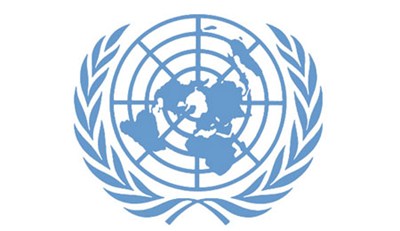Nonprofits, non-government organizations (NGOs), community groups, government agencies, libraries and other mission-based organizations, as well as consultants for such, should always be ready to explore a new way to connect with people. You don’t have to try out every tool, but when a certain number of colleagues or clients start talking about using something, it’s definitely time to have a look yourself. And right now, you should absolutely be exploring the Fediverse – Mastodon, specifically. I’ve said so why here.
Fedi.Tips posts hints and tips about Mastodon and the Fediverse, and I’ve found it quite helpful. This is from a recent post by FediTips on Mastodon:
There are many ways to discover interesting accounts on here. How many of these have you tried?
1. Follow hashtags
2. Join groups
3. Follow people, they share posts by others
4. Use FediFinder to discover Twitter people who are also on here
5. Browse directories
6. Follow curators
7. Browse trending posts & hashtags
8. Use StreetPass for Mastodon to discover website accounts on here
9. Hang out on Local & Federated timelines
More info on how to do all of these.
My own guidance about that first suggestion, about following hashtags: the way it’s supposed to work is that you do a search on a hashtag you want to follow, the posts that use those hashtags are supposed to come up, and then you click on the little figure with the plus sign in the upper right-hand corner to follow it. But when I did searches on terms I wanted to follow as hashtags, nothing came up. Finally, I just made a post that listed the hashtags I wanted to follow. And then after publishing I went to the post and, voilà, all my hashtags were now converted, with links – all I had to do was click on each and then click the follow button:
#volunteer
#volunteerism
#nonprofit
#NGO
#Tech4Good
#CommunityService
#a11y
#Inclusion
#MakeADifference
#history
#motorcycle
#travel
#hiking
#camping
Are you following any links on Mastodon that relate to your work or volunteering with nonprofits, government agencies, libraries or community groups? Which ones?
Personally, I’m enjoying Mastodon, just like I used to enjoy my personal Twitter account. But professionally – for connecting with colleagues, people working in similar fields, building a professional rep that leads to clients – so far, it’s been quite a dud: can’t find many people to follow, professionally-related topics aren’t happening. What about you?
Also see:
- Where to follow me or engage with me online.
- Should you leave Twitter & Facebook for the fediverse?
- Don’t over-invest in one social media channel (particularly Facebook).
- Facebook, Meta, Virtual Worlds – Benefits? Risks? Does Second Life offer lessons?
- Ethical question for nonprofits: should you delete your Facebook account?
- The ethics of nonprofits staying on Twitter.
- Don’t over-invest in one social media channel: Redux (Twitter)

For detailed information about leveraging online tools to support and involve volunteers, whether they provide their service onsite at your organization, onsite elsewhere, or online, get yourself a copy of The Last Virtual Volunteering Guidebook. Online platforms and social media channels come and go, but the recommendations here are timeless, and absolutely will work with social media platforms that have emerged since this book was published, like Mastodon and TikTok. You will not find a more detailed guide anywhere on this subject than than The Last Virtual Volunteering Guidebook. It’s available both as a traditional print publication and as a digital book.

If you have benefited from any of my blogs or other parts of my web site and would like to support the time that went into researching information, developing material, preparing articles, updating pages, etc. (I receive no funding for this work), here is how you can help.









